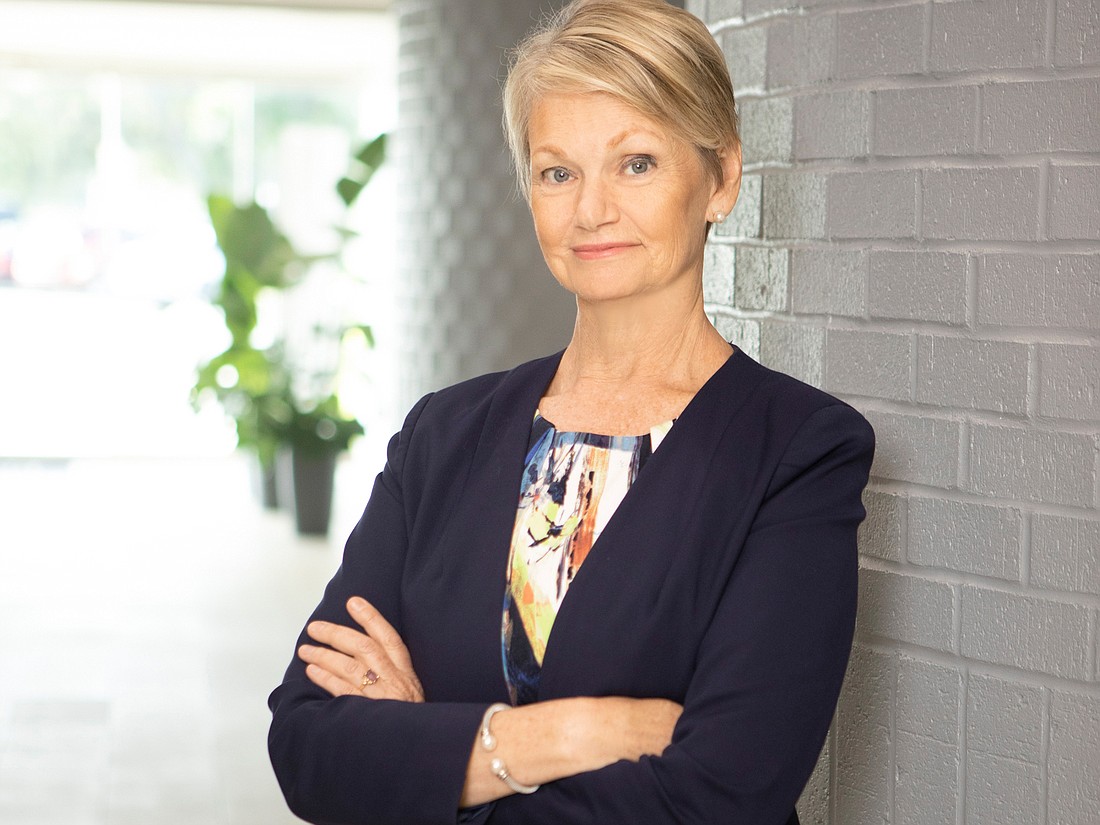- December 18, 2025
-
-
Loading

Loading

For people who dread the prospect of getting COVID-19 vaccines and booster shots via needles, a Tampa pharmaceutical firm might bring to market a product that can soothe their fears.